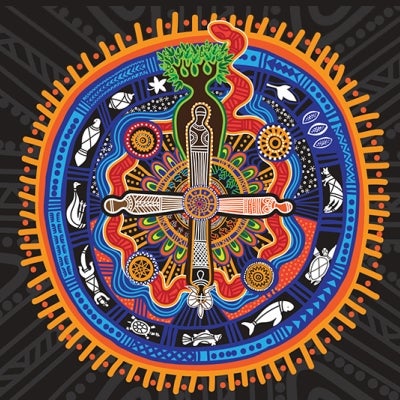Refine results
-
Aboriginal and Torres Strait Islander Social Justice6 December 2017Project

Bringing Them Home - interactive educational resource
Bringing them Home was the name given to the final report of the National Inquiry into the Separation of Aboriginal and Torres Strait Islander Children from Their Families conducted by the Human Rights and Equal Opportunity Commission (now called the Australian Human Rights Commission). The National Inquiry into the Separation of Aboriginal and Torres Strait Islander Children from Their… -
Education6 December 2017Publication
Bringing Them Home - interactive resource (2017)
Bringing them Home was the name given to the final report of the National Inquiry into the Separation of Aboriginal and Torres Strait Islander Children from Their Families conducted by the Human Rights and Equal Opportunity Commission (now called the Australian Human Rights Commission) -
14 December 2012Book page
Bringing them Home - Appendix 10
Hobart December 4,7,8 Flinders Island December 4-5 Cape Barren Island December 4-5 Wybalenna December 6 Bringing them Home Launceston December 11,13 Burnie December 12 -
14 December 2012Book page
Bringing them Home - Appendix 2
neglected child - a child found begging, wandering about or frequenting any thoroughfare or tavern, sleeping in the open air and who has no settled place of abode or means of subsistence; residing in any brothel or associating or dwelling with any person, known or reputed to be a thief, prostitute or drunkard or a person convicted of vagrancy; a child having committed an offence and who, in the… -
14 December 2012Book page
Bringing them Home - Appendix 7
Established the Northern Territory Aboriginals Department with responsibility for the control and welfare of Aborigines and `to provide where possible for the custody, maintenance and education of the children of aboriginals'. -
14 December 2012Book page
Bringing them Home - Chapter 8
The general opinion of station people is that it is a mistake to take these children out of the bush. They say that the aboriginal mothers are fond of their children and in their own way look after them and provide for them and that when they grow up they are more easily absorbed and employed than those who have been taken out of their natural environment and removed to towns. -
14 December 2012Book page
Bringing them Home - Chapter 4
From 1835, when the European occupation of Victoria commenced, until the 1880s government policy was one of segregation of Indigenous people on reserves. These were mainly controlled by missions. -
14 December 2012Book page
Bringing them Home - Appendix 5
Established Aborigines Protection Board. Its functions include submitting proposals to the Governor relating to the care custody or education of the children of `Aboriginals' and exercising a general supervision and care over all matters affecting the interests and welfare of the `Aboriginals'. -
14 December 2012Book page
Bringing them Home - Appendix 6
The Protector of Aborigines made the legal guardian of every `aboriginal and half-caste child' whose parents are dead or unknown, or one of whom agrees, until the age of 21. Any two Justices, with the consent of the Governor and one of the parents, may apprentice `any half-caste or other aboriginal child having obtained a suitable age' until the age of 21 provided that `due and reasonable… -
14 December 2012Book page
Bringing them Home - Chapter 3
Within months of the `First Fleet' arrival at Sydney Cove in 1788 there was `open animosity' as Indigenous people protested against `the Europeans cutting down trees, taking their food and game, and driving them back into others' territories'. Bitter conflict followed as Aboriginal people engaged in `guerilla warfare - plundering crops, burning huts, and driving away stock' to be met by `punitive… -
14 December 2012Book page
Bringing them Home - Chapter 2
Every morning our people would crush charcoal and mix that with animal fat and smother that all over us, so that when the police came they could only see black children in the distance. We were told always to be on the alert and, if white people came, to run into the bush or run and stand behind the trees as stiff as a poker, or else hide behind logs or run into culverts and hide. Often the white…
